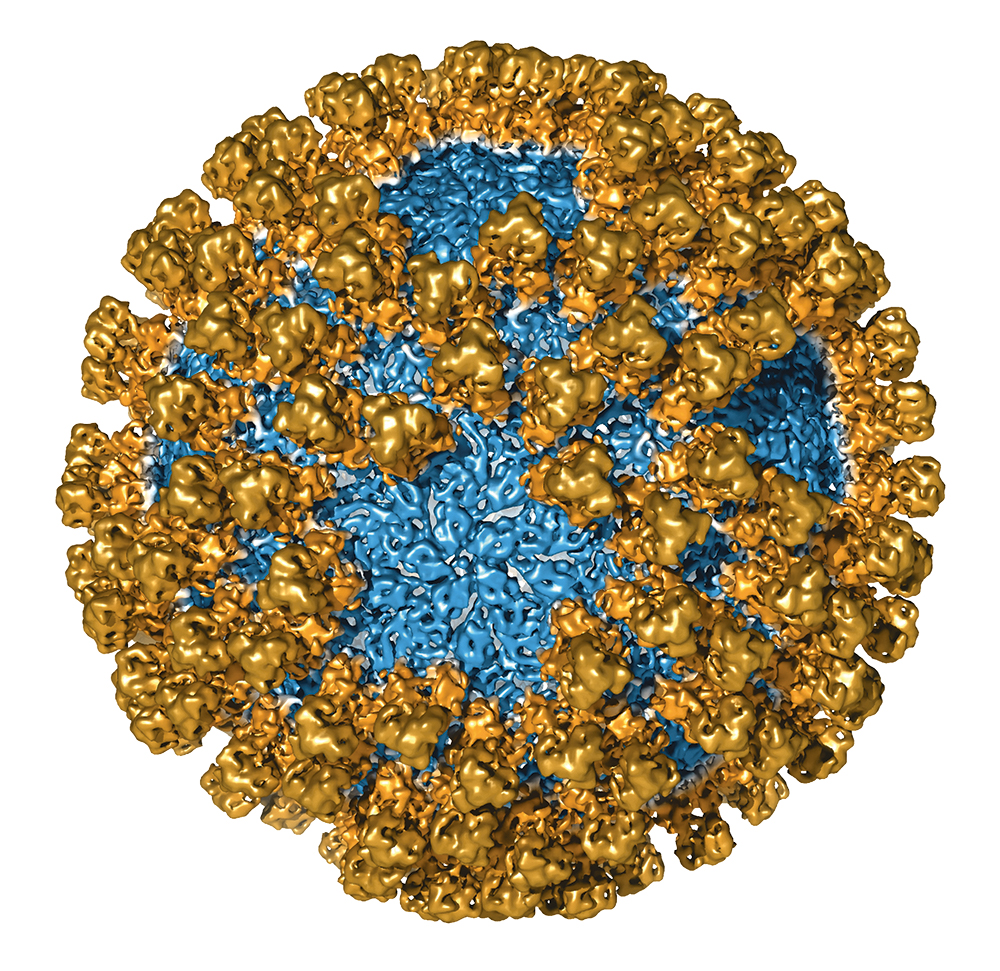New kinds of drugs and other therapeutic molecules are useless if they can’t be delivered effectively to the parts of the body where they need to function. The more targeted this delivery can be, the lower the amount of the drug that can be used since it will be concentrated at the target site. This results in fewer side effects for the patient. Development of carriers for effective drug delivery is the subject of extensive research. Scalable, easy-to-manage production methods are highly sought after.
Viruses are nanoscale infectious agents containing genetic material packaged within a coat of proteins. This structure can be manipulated to produce empty shells without the infectious genetic component. These virus-like nanoparticles (VNPs), are potentially useful for drug delivery.
Researchers at the University of Queensland (UQ), led by Drs Frank Sainsbury and Michael Landsberg have made VNPs by directing plant cells, from the Australian native plant, Nicotiana benthamiana, to produce the coat proteins from the blue-tongue virus (BTV). This plant system is easy to work with and repeatedly produces good yields of viral proteins. These readily self-assemble into structures that are almost identical to the infectious agent, but are completely benign as they lack the genetic material.
The manipulated VNPs were designed to be either empty or to incorporate a fluorescent protein (GFP), as a marker to check whether proteins could be incorporated without disrupting the distinct shape of the particles. Cryo-electron microscopy at Microscopy Australia’s UQ facility, the Centre for Microscopy and Microanalysis, was used to verify the VNP structure, which was found to be highly consistent and like that of the whole virus.

3D reconstruction of cryo–EM data showing the VNP shell structure. The VNP is approximately 62nm in diameter.
This is encouraging since future developments of this system for incorporating therapeutic proteins into these particles could now be well within the realms of possibility. The team was also able to take advantage of a naturally occurring pore in the VNPs to introduce small fluorescent dye molecules into the centre of the particle. This broadens the potential drug delivery options to include small molecules as well as proteins.
Variation in the levels of specific proteins produced by some tissues and cancers can be exploited to target particles to the correct cells in the body. The BTV VNPs were found to naturally stick to a cell-surface protein called integrin. Integrin is over-produced in cancerous tissue, potentially making BTV VNPs effective carriers for cancer treatments.
The plant systems used in this work could also be used to understand the structure of new and emerging viruses. The coat protein genes could be isolated and the proteins produced in the plant system for structural studies without having to deal with whole infectious virus particles.
Production of BTV VNPs in plants offers:
3D reconstruction of cryo–EM data showing the VNP shell structure.
July 24, 2017